The US Federal Reserve has left the door open for interest rate changes in coming months to see how inflation would behave, according to an expert.
“The subtle change in (Fed’s) language leaves the door open for rate changes, should new data suggest that inflation is falling slower or faster than expected,” Martin Wurm, a director at Moody’s Analytics, told Anadolu via email.
The Fed on Wednesday hiked interest rates by 25 basis points, marking the 10th rate hike in just over a year, and carrying the target range for the federal funds rate to between 5% and 5.25% — its highest since August 2007.
While Fed Chair Jerome Powell said in his post-meeting press conference that inflation has “moderated somewhat” since mid-2022, he noted that “pressures run high” and that the decision to pause rate hikes was “not yet made.”
“Powell once again firmly reiterated that the committee does not consider cuts appropriate as long as inflation remains high, and did not suggest that the FOMC’s views have changed much on this issue since the March meeting,” said Wurm.
“Since the chairman expressed confidence that the U.S. economy can still attain a soft landing given its labor market strength, it is our sense that the Fed’s economic outlook is probably less of a factor for today’s dip,” he added.
Soft landing is referred to a situation where a central bank raises interest rates too much and too high which leads to an economic slowdown but it avoids a recession.
The Federal Open Market Committee (FOMC) said in its post-meeting statement that it will take into account the cumulative tightening of monetary policy, the lags with which monetary policy affects economic activity and inflation, and economic and financial developments.
The latest statement, however, removed the word “anticipates” about additional monetary policy firming, compared to the previous statement related to the Fed’s meeting in March.
“The FOMC now no longer expects rate hikes as the most likely outcome, but instead will make rate decisions dependent on incoming data,” Wurm explained about the change in wording between the two statements.
The expert said he still anticipates that the Fed will pause rate hikes at this point but it will not cut interest rates before early 2024 unless incoming inflation and economic data suggest otherwise.
“The chairman also reiterated that the FOMC’s March projection for the Fed funds rate at 5.1% by the end of 2023 reflected the members’ expectation at the time, without suggesting that these expectations have shifted much. This supports that the Fed currently does not predict future hikes,” he added.
Besides high-interest rates to lower inflation and soft landing, the Fed also struggles with other issues, especially the current banking crisis in the US.
Wurm said the FOMC is also taking into account tighter-than-previously-expected credit conditions following the banking turmoil in March.
“Although the situation at the three largest distressed banks has been resolved, many banks are tightening credit and the Fed will monitor the effects of less credit availability on demand and inflation in coming weeks,” he noted.
The Fed, in addition, is closely watching the debt ceiling issue and the US Congress’ action on the matter.
“Powell stressed that failure to resolve this standoff may have dire consequences for the U.S. and global economy, and monetary policy will react appropriately as the situation unfolds,” Wurm said.
The FOMC, lastly, remains concerned about non-shelter service inflation, tight labor market conditions, and risks of resurging inflation due to other factors, according to Wurm.
“While employment growth is slowing and job openings are falling, unemployment remains low and wage growth remains high,” said the expert.








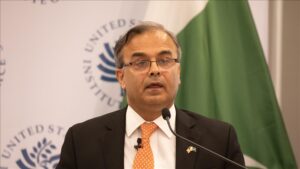















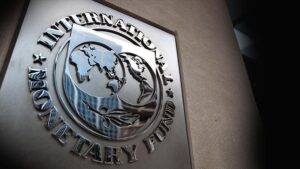





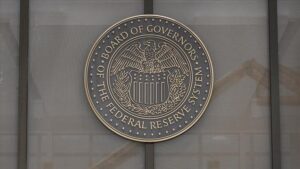



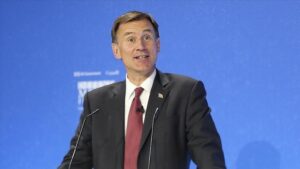

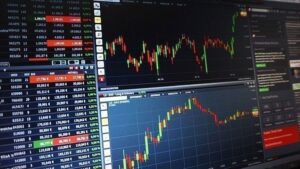















Be First to Comment